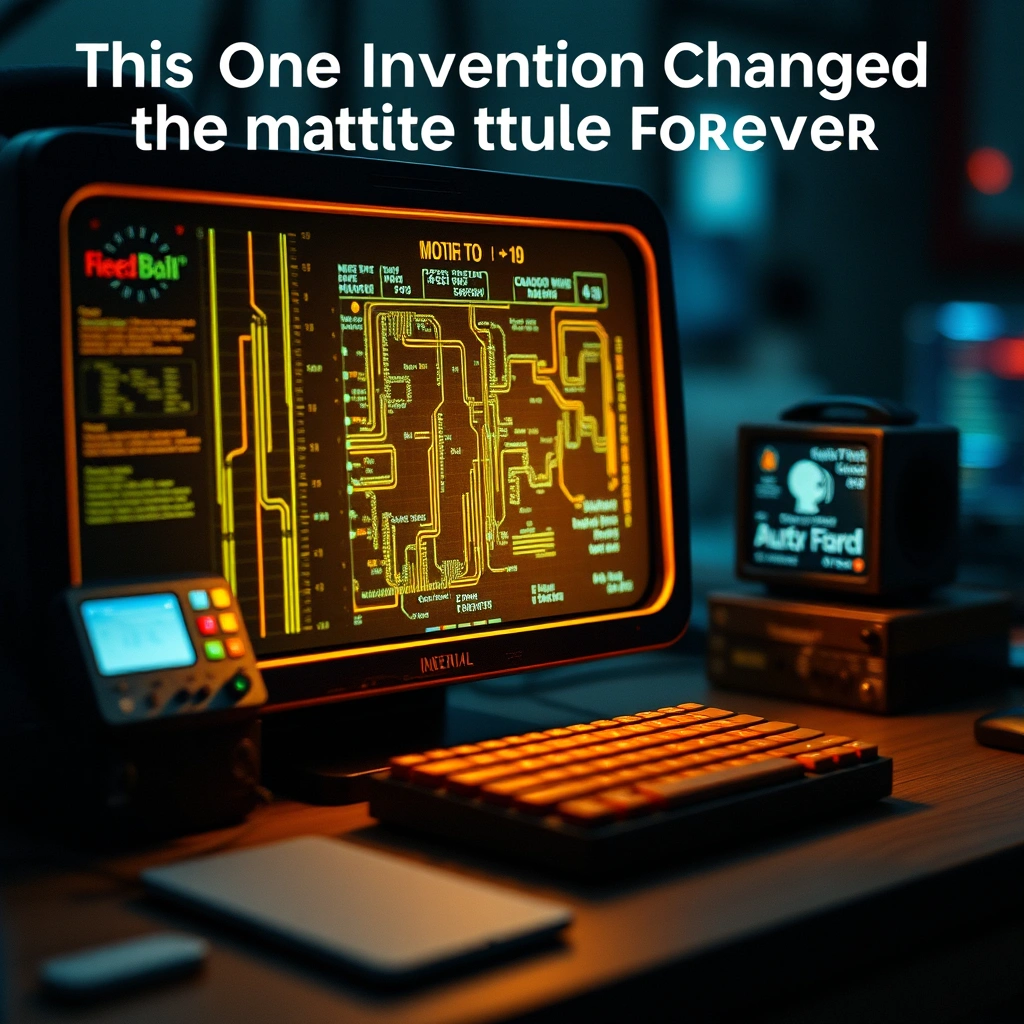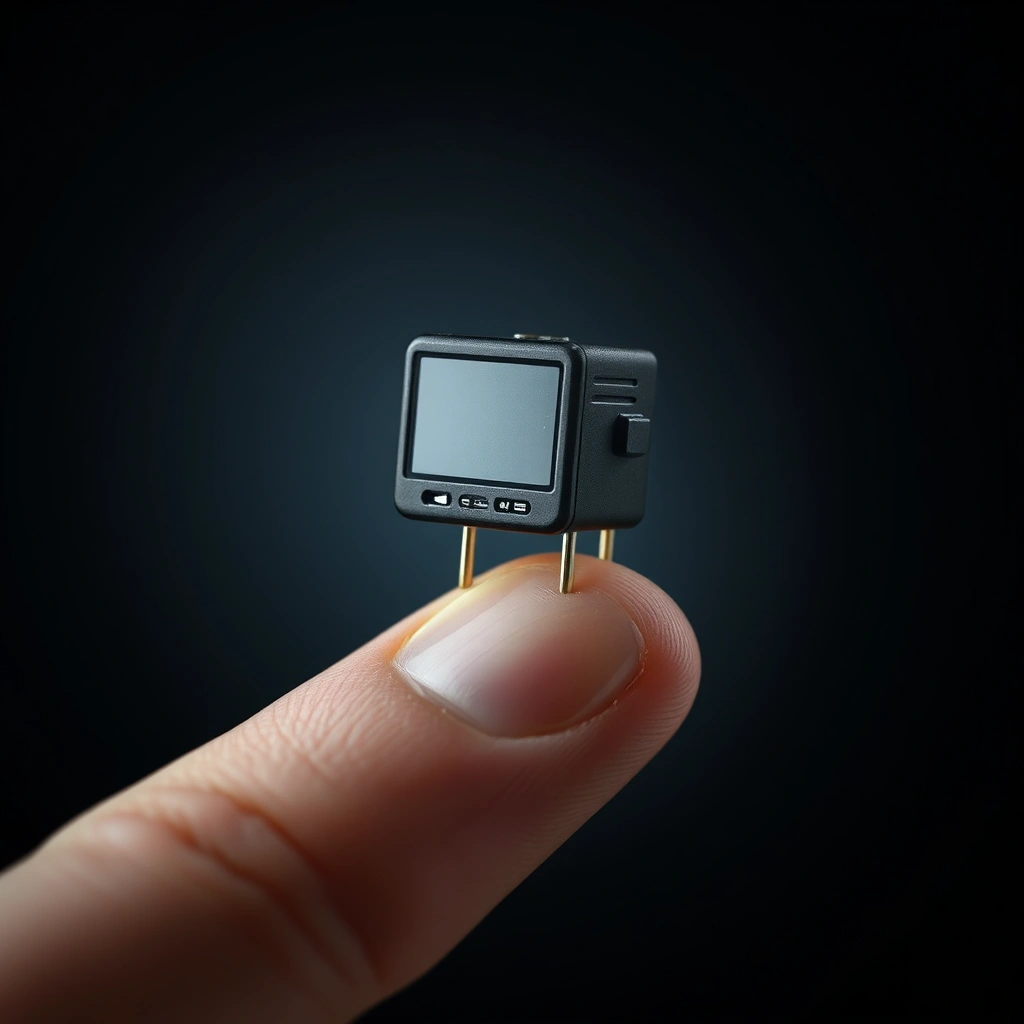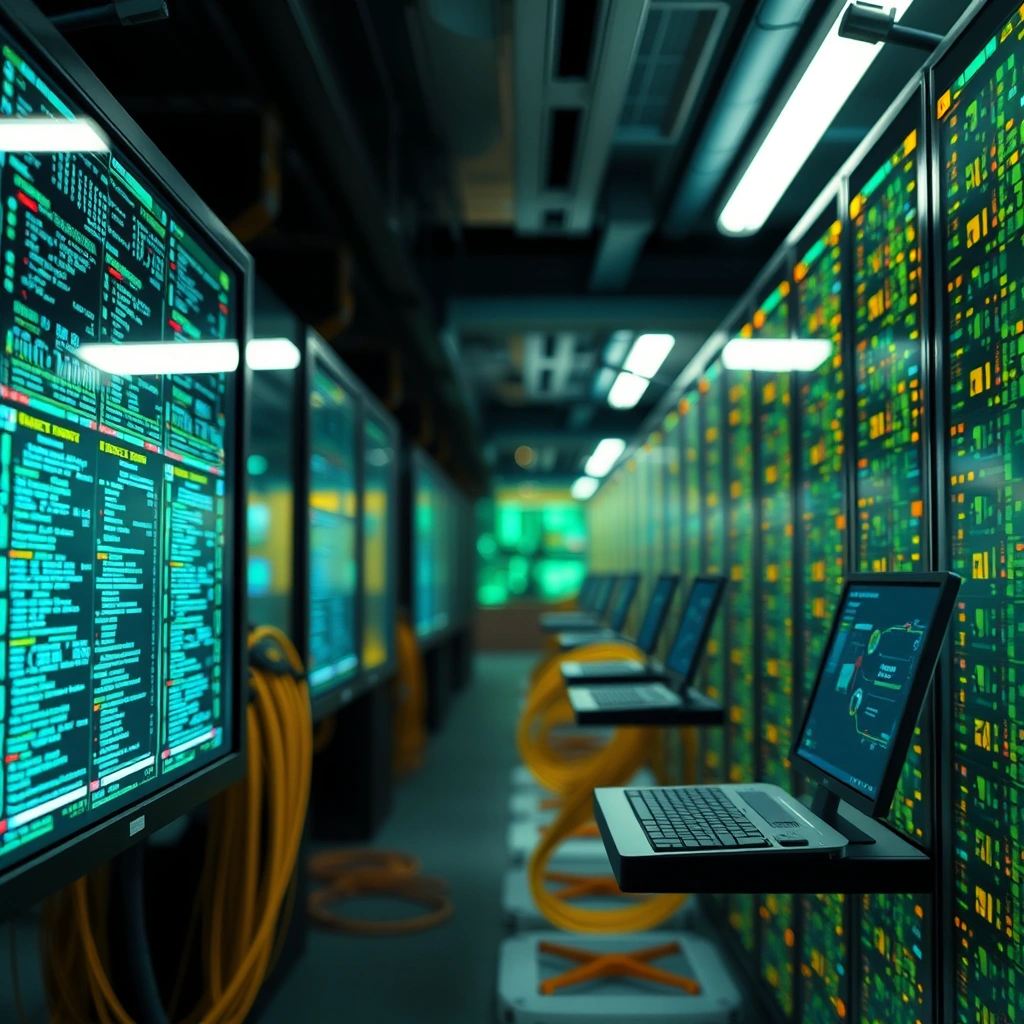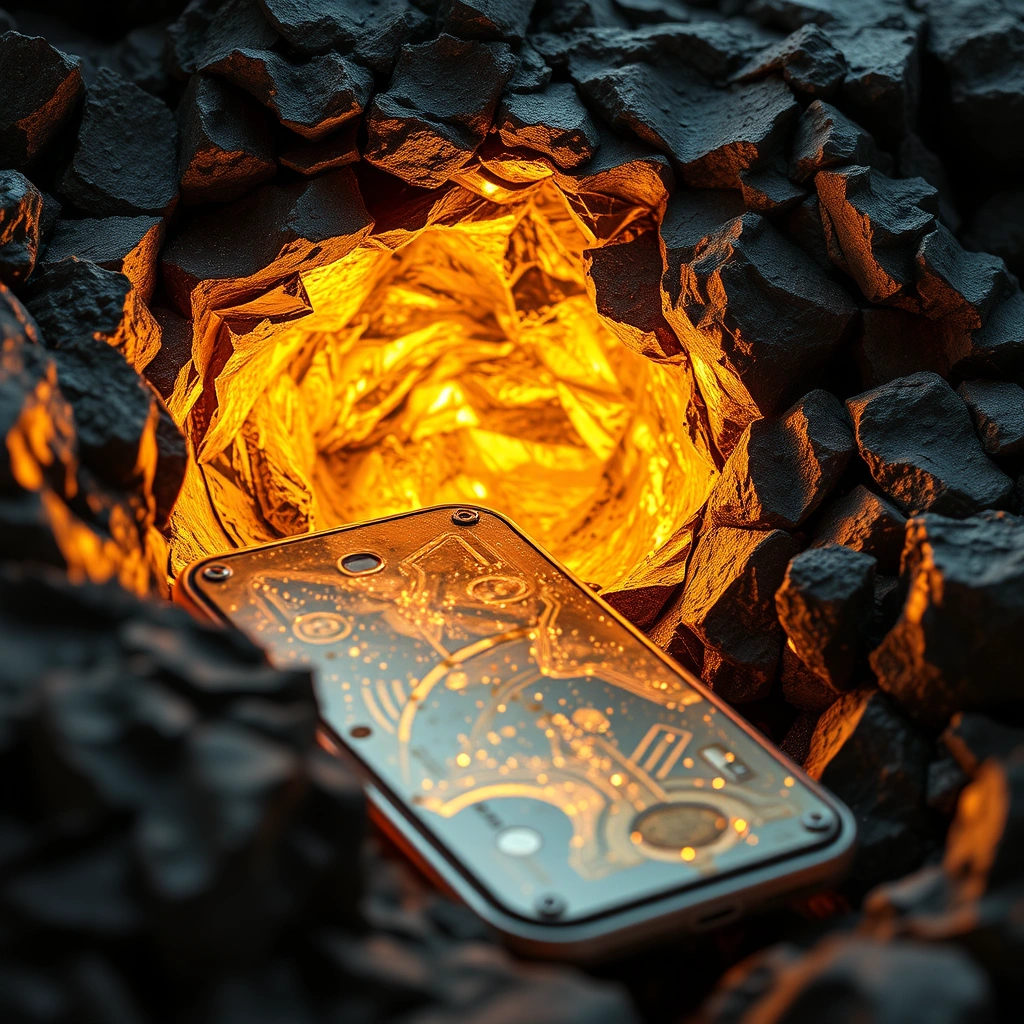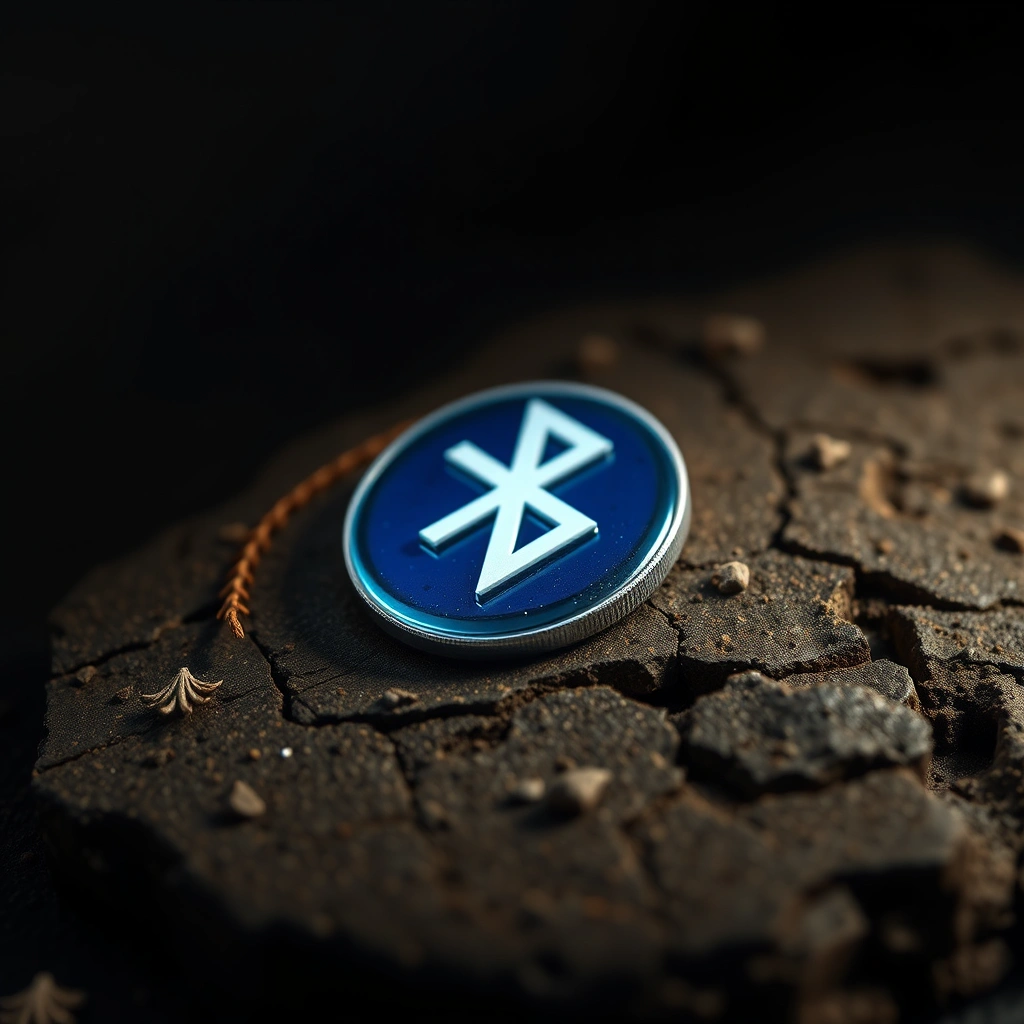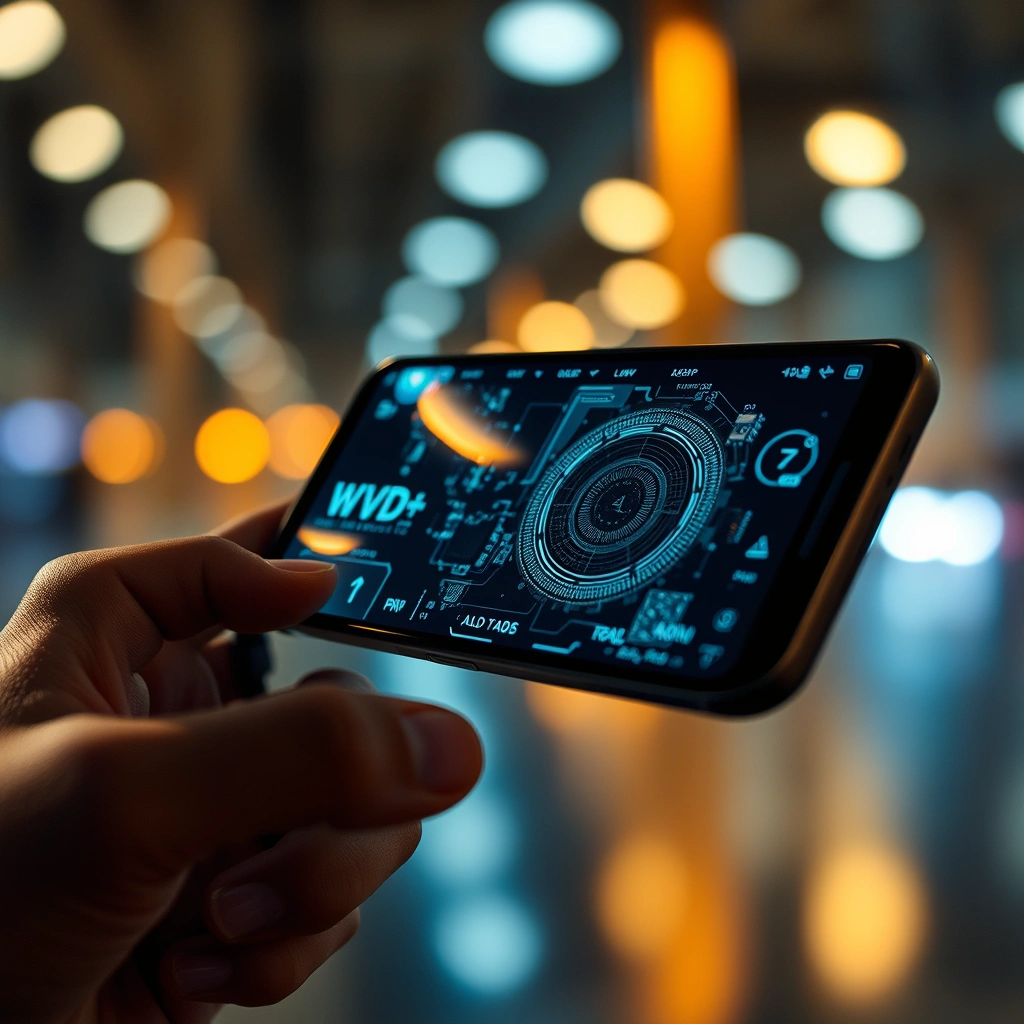The Curious Case of the Bluetooth Name
What does wireless technology have in common with an ancient Viking king? The answer is surprisingly more literal than most people realize. The story behind Bluetooth’s odd name and logo is not just a quirky tidbit—it reveals a fascinating fusion of tech innovation with medieval Scandinavian history. As you discover the bluetooth origins, you’ll gain new appreciation for how small details can connect the past with the present in unexpected ways. Prepare to be amazed at how a thousand-year-old monarch’s nickname came to define the world of modern wireless communication.
From Tech Dream to Worldwide Standard: The Birth of Bluetooth
The Slim Need for Seamless Connectivity
In the 1990s, as digital devices multiplied, so did the mess of cables and incompatible ports. Laptops, cell phones, printers, and PDAs each had their proprietary connectors. Industry experts yearned for a universal standard allowing devices to talk to each other wirelessly, over short distances. Out of this chaos, the concept of Bluetooth was born.
– Consumer frustration over connecting gadgets inspired innovation.
– Tech leaders recognized the opportunity for a low-power, short-range link.
– Key players included Ericsson, Intel, Nokia, and IBM.
Ericsson’s Pioneering Role
The Swedish telecommunications giant Ericsson first pursued the idea in 1989, assembling a team led by engineer Jaap Haartsen. Tasked with developing a wireless alternative to RS-232 data cables, the group focused on unifying device communication without cords.
In 1998, the Bluetooth Special Interest Group (SIG) was officially established, bringing together industry heavyweights to push forward the technology. Their bold vision would soon connect billions of devices around the globe.
Bluetooth Origins: A Viking King’s Surprising Legacy
Who Was King Harald “Bluetooth”?
The real twist in the bluetooth origins story traces back to 10th-century Denmark. Harald “Bluetooth” Gormsson reigned as a Viking king credited with uniting parts of Denmark and Norway—bringing together warring tribes under a common banner. According to historical accounts, Harald was known for his diplomatic skills, but possibly even more for a bluish-gray dead tooth, which earned him his memorable nickname.
– Unifier of Scandinavia, bridging cultural divides.
– Nickname’s origin ties to his infamous tooth, though some historians debate its color.
How the Name Was Chosen
When the wireless project was still in its infancy, it needed a codename for cross-company discussions. Jim Kardach of Intel suggested “Bluetooth” after reading about King Harald in Frans G. Bengtsson’s historical novel “The Long Ships.” Kardach saw a compelling parallel: just as Harald united tribes, Bluetooth technology would unite communication protocols across devices.
Kardach himself recounted, “King Harald Bluetooth was famous for uniting Scandinavia just as we intended to unite the PC and cellular industries with a short-range wireless link.” The name stuck through development, and although other candidates were considered for the final product, “Bluetooth” had already gained momentum and widespread recognition among early adopters.
The Symbolic Bluetooth Logo
The story didn’t end with the name. The Bluetooth logo you see on your devices is crafted from the initials of Harald “Bluetooth”—H and B—in runic script. Specifically, it merges the Younger Futhark runes ᚼ (Hagall) and ᛒ (Bjarkan), further tying cutting-edge technology to Nordic tradition.
– Runic logo hints at Scandinavian heritage.
– Represents unity—of letters and technology alike.
[Learn more about the Bluetooth signal and logo design on the official Bluetooth website.](https://www.bluetooth.com/learn-about-bluetooth/bluetooth-technology/bluetooth-history/)
How Bluetooth Revolutionized Wireless Communication
Before Bluetooth: The Tangle of Cables
Remember a time when syncing a contact or sharing a file meant plugging in the right cable—or not doing it at all? Before Bluetooth, the vision of device collaboration was either limited or locked behind brand-unique solutions.
– Laptops, PDAs, and cell phones couldn’t “talk” unless they were the same brand.
– Transferring data often required platform-specific software and adapters.
– Mobility was hampered by the need for physical connectors.
Bluetooth’s Impact on Technology and Everyday Life
The bluetooth origins story isn’t just about an inventive name; it’s about reshaping how we interact with technology. After its standardization around 1999, Bluetooth rapidly entered the consumer market.
– Hands-free headsets for mobile phones became viable for the first time.
– Data transfer between devices—like ringtones or photos—became simple and universal.
– Wireless keyboards, mice, speakers, and printers freed users from tangling cables.
Today, the Bluetooth SIG counts over 38,000 member companies and billions of enabled devices—from wearables to vehicles—demonstrating the tech’s reach and staying power.
The Evolution: From Early Adopters to Ubiquitous Tech
Initial Bluetooth versions were limited in speed and range, but continued upgrades have propelled it into the backbone of smart homes, IoT, and high-performance audio. What began as an unlikely project with a Viking namesake now serves as a universal digital handshake.
– Bluetooth Low Energy (BLE) now powers devices with minimal battery drain.
– Connection range improved from 10 meters to over 100 meters in newer versions.
– Security protocols evolved to keep up with growing cybersecurity needs.
Fun Facts and Misconceptions: Exploring Bluetooth’s Quirky Side
Why Not Another Name?
As the technology neared market launch, other names—like “PAN” (Personal Area Networking) and “RadioWire”—were suggested. However, neither resonated as strongly or had marketing magic. By then, “Bluetooth” was not only stuck in user guides but had become an affectionate insider reference that stuck.
Common Myths About Bluetooth Origins
The popularity of Bluetooth has bred several myths. Here are a few facts to set the record straight about Bluetooth’s origins:
– Myth: Bluetooth is an acronym. (It’s not. It’s a direct homage to King Harald.)
– Myth: The logo is just a stylized “B.” (It actually combines two ancient runes.)
– Myth: Bluetooth is only for audio. (In reality, it’s used for health devices, smart lighting, keyless entry, and more.)
Bluetooth and Pop Culture
Bluetooth headsets made big appearances in 2000s films, representing the ultimate in futuristic cool. The term “Bluetooth” has even entered mainstream slang—a rare feat for a technical standard.
– Hands-free calls became a signature trait for modern commuters.
– “I’ll Bluetooth it to you” became a regular phrase, even if misused in context.
How Bluetooth Stays Secure and Reliable
Behind the Scenes: The Tech That Powers Connections
Bluetooth technology uses short-range radio frequencies (in the 2.4 GHz ISM band) to communicate without interference. It constantly hops frequencies—79 times per second in classic Bluetooth—to avoid jamming from other wireless signals.
Keeping Your Data Safe
As wireless data transfer becomes ever more vital, security remains a top concern. Bluetooth employs:
– Secure pairing processes (PIN codes, passkeys)
– Encryption of data transfers
– Regular security updates via the Bluetooth SIG
Consumers are encouraged to keep their devices’ software up to date to minimize risks.
Why Bluetooth Origins Still Matter in the Tech World
Symbolism in Innovation
Why does knowing the quirky story behind Bluetooth’s name and logo matter? Because it’s a testament to creativity—how connecting the past (a Viking king) with present challenges (unifying digital devices) can yield both elegant solutions and memorable branding.
– Naming reflects ambition: Aiming to unite fragmented tech “tribes,” just like Harald united the Danes and Norwegians.
– A memorable origin story aids global adoption and recognition.
Enduring Lessons for Today’s Innovators
The history of Bluetooth’s naming offers several practical takeaways for tech creators and entrepreneurs:
– Great ideas can emerge from seeing unlikely connections—in this case, literally and metaphorically.
– A memorable brand story can help technology stand out in crowded markets.
– Cross-industry collaboration, like the Bluetooth SIG’s approach, often leads to far-reaching standards.
If you’re interested in more tales of how tech history shapes our modern world, check out the [Bluetooth official timeline](https://www.bluetooth.com/learn-about-bluetooth/bluetooth-technology/bluetooth-history/).
Recapping the Saga: Bluetooth’s Odd Name, Legendary Roots
Bluetooth’s origins offer more than a fun trivia fact—they showcase the power of bringing disparate worlds together. What started as a not-so-serious codename—rooted in the saga of King Harald “Bluetooth” Gormsson—eventually became a symbol of unity for wireless connectivity. The iconic runic logo serves as a subtle homage to perseverance, innovation, and history itself. Next time you pair your headphones or send a file, remember: you’re tapping into a story over a thousand years in the making.
Have more questions about tech history, innovation, or need help with your next digital project? Reach out anytime at khmuhtadin.com—let’s unite ideas for your next breakthrough!

